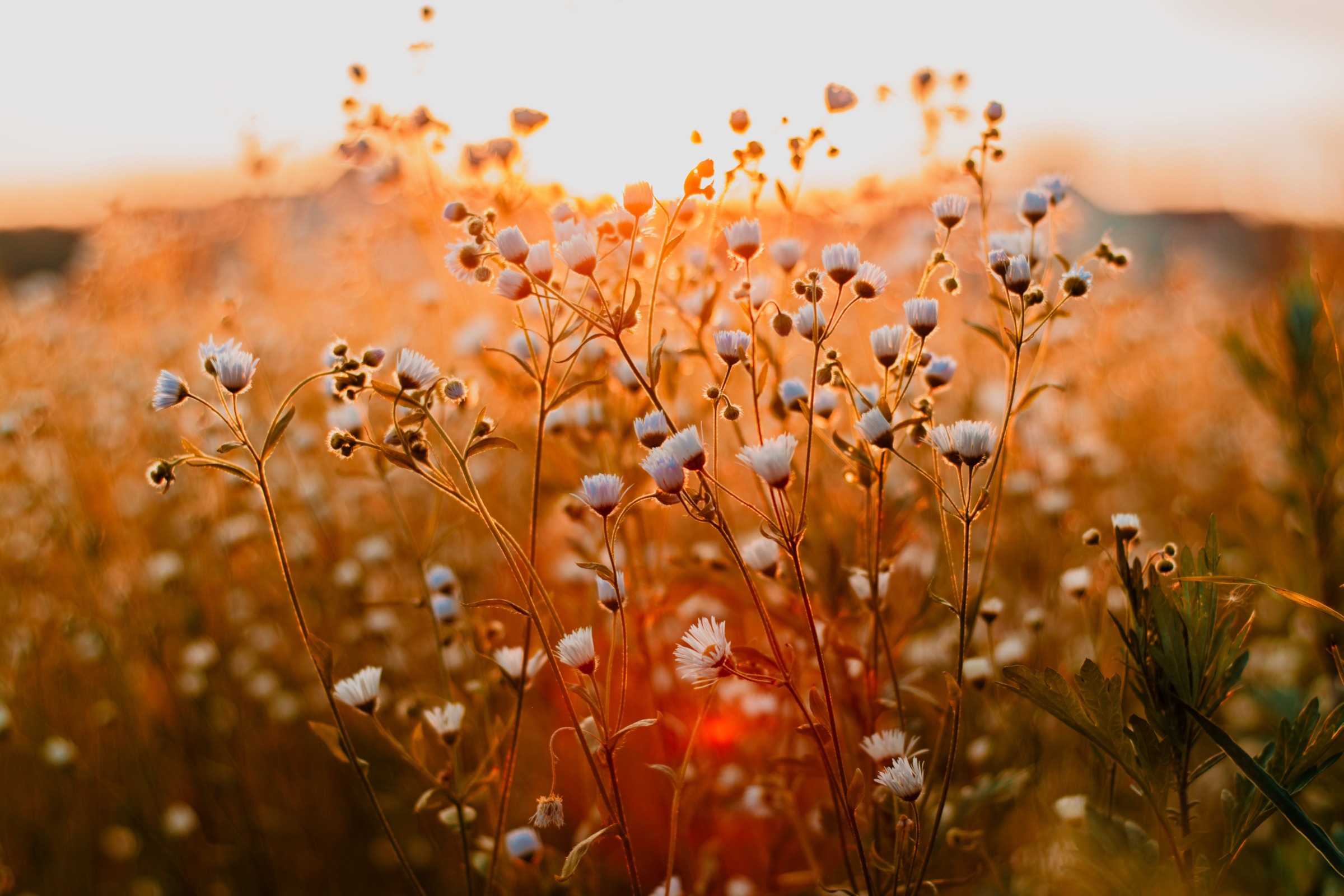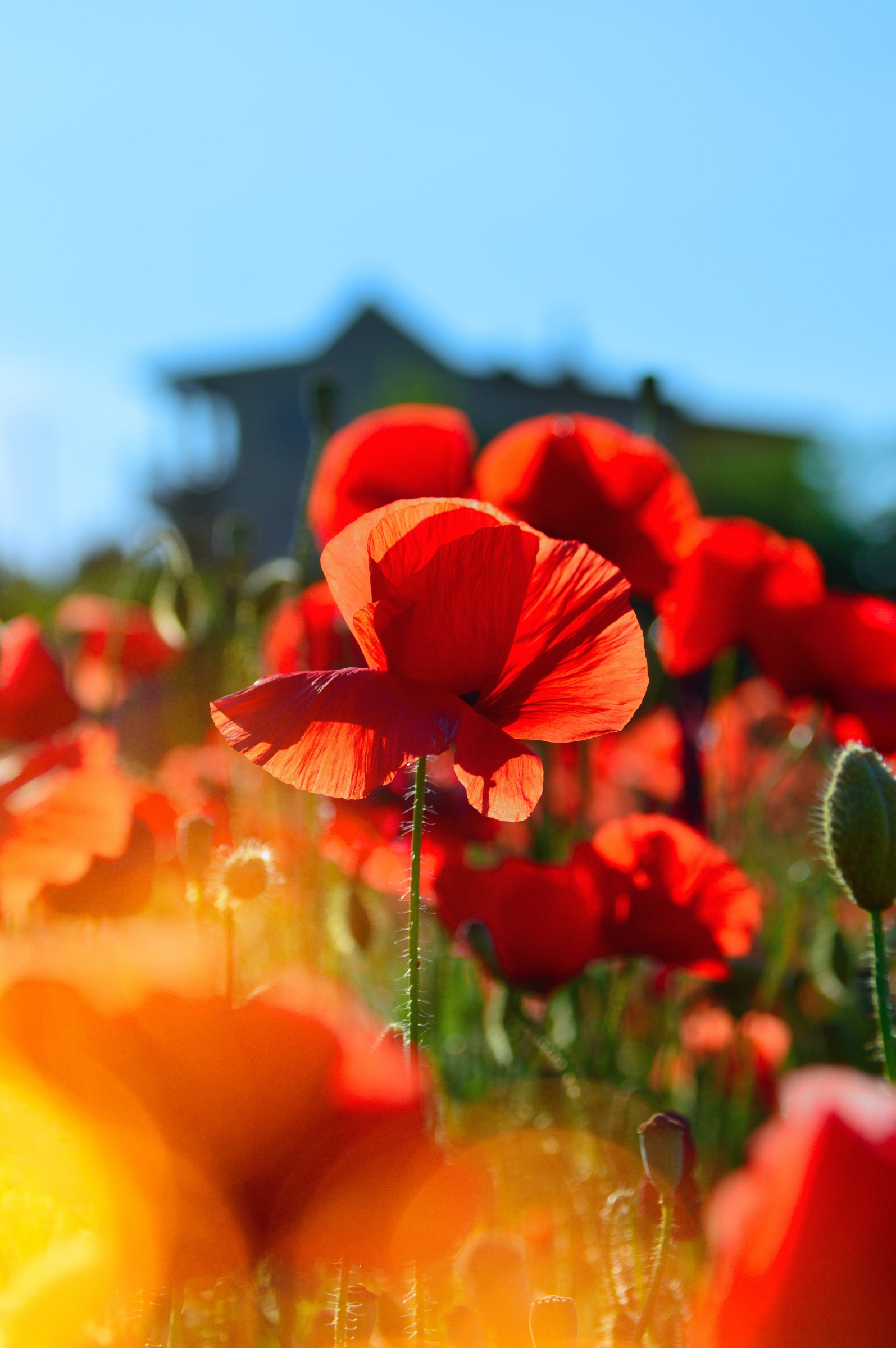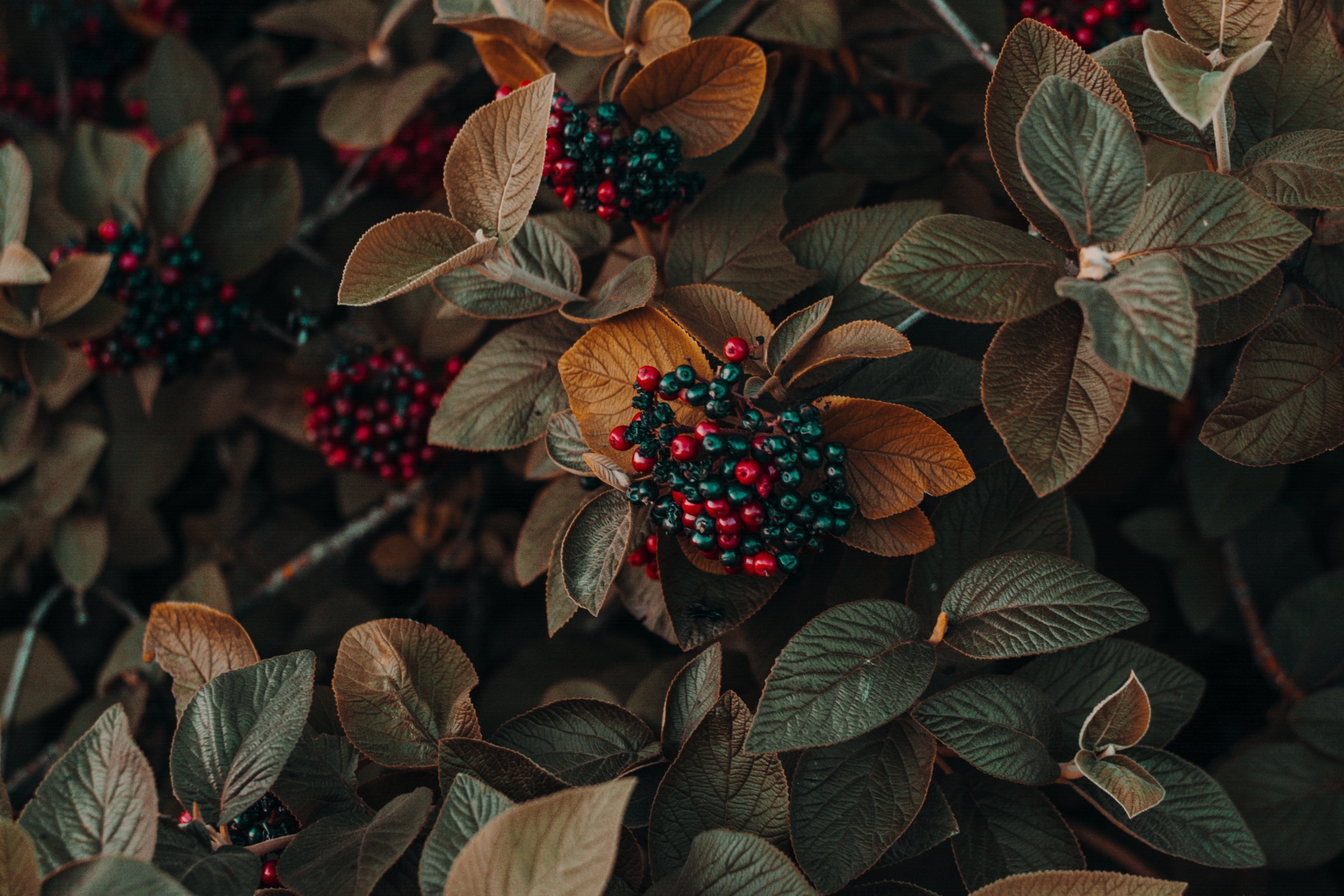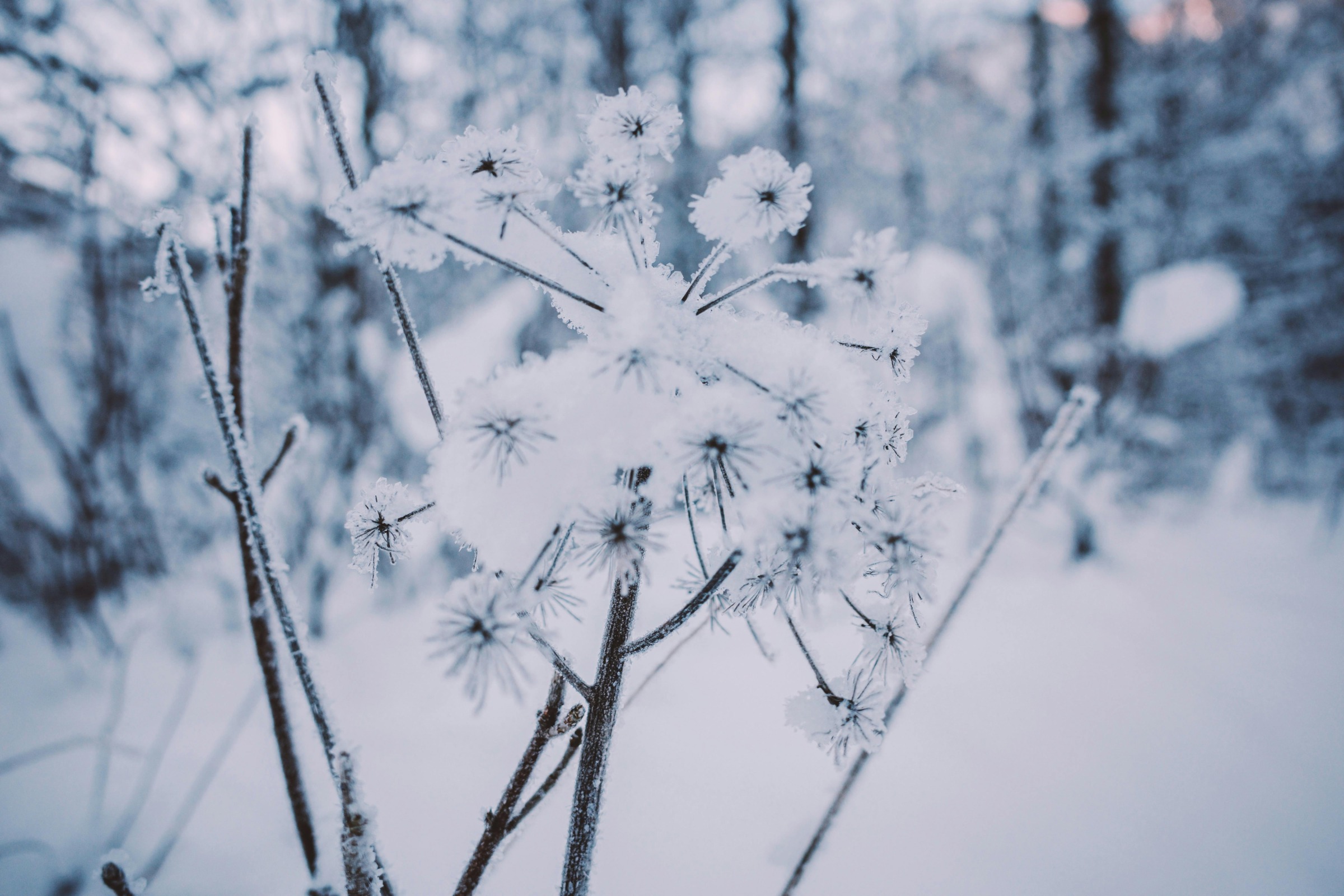Catnip (Nepeta cataria) is a species of mint native to parts of Europe, Asia, and Africa. It has naturalized throughout North America and can be found growing in the wild across much of the United States and Canada. Wild catnip is loved by cats, who react to the plant by rolling, rubbing, and generally being unable to get enough of it. But what does wild catnip look like exactly? Here is a guide to identifying this minty and intoxicating plant for cats when you come across it in nature.
Key Identifying Traits of Wild Catnip
-
Growth habit Wild catnip is an herbaceous perennial which means it has a lifespan of two years or more, It dies back to the ground in winter then regrows the following spring It grows upright to a height of 3 feet
-
Leaves: Catnip leaves are grayish-green in color and downy. The leaves are oval or heart-shaped with scalloped, serrated edges. Leaves have a somewhat wrinkled appearance and grow oppositely along square stems.
-
Flowers: Flowers bloom from June to September on spikes at the top of the plant. The tubular flowers are white with purple dots and measure about 1/4 inch long.
-
Scent When leaves or stems are crushed, catnip gives off a strong, minty aroma Some describe the scent as a blend between oregano and sage. The scent is a result of the chemical nepetalactone produced by catnip This chemical triggers a euphoric reaction in cats.
Where Wild Catnip Grows
Wild catnip can be found growing in a variety of habitats across the United States including:
- Along roadsides and railways
- In meadows and at forest edges
- Disturbed sites like neglected gardens and barnyards
- Grow as lawn weeds
Catnip thrives best in soil with good drainage and full sun. It does not do well in the shade. You’ll often find it growing in clusters or patches since it spreads readily through its seeds and creeping roots.
Key Differences From Domestic Catnip
There are a few key differences between wild catnip and the catnip sold for cats as a toy or treat:
-
Flowering – Wild catnip generally flowers and goes to seed from late spring through fall, Domestic catnip is usually grown as an annual and may flower minimally before dying
-
Nepetalactone levels – Wild catnip typically has higher levels of nepetalactone compared to domestic catnip. This means it can provoke a more intense response in cats.
-
Flavor – Many domestic catnips are bred or treated to enhance the flavor cats love. Wild catnip tends to have lower levels of essential oils that produce flavor so may be less enticing to cats.
-
Hardiness – Wild catnip is a tough perennial that can survive winter cold. Potted catnip often lacks this hardiness.
When to Harvest Wild Catnip
If you come across some wild catnip, late summer is the best time to harvest it. This is when levels of nepetalactone – the chemical that sends cats crazy – are at their highest. Here are some tips for harvesting wild catnip:
-
Cut stems right above leaf nodes using scissors or gardening shears. Try to leave some leaves on the plant.
-
Harvest in the morning after dew has dried but before the heat of midday to retain aroma.
-
Gather more than you think you’ll need since catnip dries significantly.
-
Place cut stems in paper bags. Don’t use plastic which can trap moisture.
-
Hang bags upside down in a dry, ventilated area out of sun. Leaves should crumble when fully dried.
-
To store, place dried leaves in an airtight glass jar in a cool, dark place. Catnip retains its potency for up to 6 months.
Is it Safe for My Cat?
Natural behaviors like chewing, licking, and rolling in wild catnip are perfectly safe for cats to enjoy. The key is supervising your cat outside to prevent them eating any vegetation that could cause an upset stomach. Never force or overexpose your cat to catnip. Here are some tips:
-
Only provide dried leaves; avoid stems which can be a choking hazard.
-
Limit exposure to 5-10 minutes then remove catnip to prevent overindulgence.
-
Watch for gagging or vomiting, signs your cat needs a break from the catnip.
-
Never blow or rub powdered catnip directly on your cat’s face.
-
Keep catnip locked away when not in use since cats can quickly become addicted.
With proper moderation, wild catnip is a safe way to provide enrichment and excitement for cats. Identifying this minty plant can allow you to harvest leaves to enjoy with your feline friend. Just be sure to carefully supervise anytime your cat gets to indulge in some wild and mind-altering catnip straight from nature!

Featured Articles by Season




Latest from Wisconsin Yard & Garden
If you’re unable to find the information you need, please submit your gardening question here:
Meeting Catnip in the wild!
FAQ
How do you identify wild catnip?
Catnip is grayish-green and can grow up to three feet tall. Look for jagged, heart-shaped leaves and thick stems that are both covered in fuzzy hairs. The best time to search for wild catnip is between July and October when the flowers are in bloom.
Is wild catnip ok for cats?
Yes, catnip is safe for cats, and many cats enjoy eating the leaves. However, moderation is key. Here are some points to consider: Safety: Catnip (Nepeta cataria) is non-toxic to cats. It’s safe for them to chew on and can even have a calming effect if they consume it in small amounts.
Where does wild catnip grow?
Wild catnip (Nepeta cataria) typically grows in disturbed areas like fields, roadsides, and along the edges of forests, often thriving in poor soil conditions. It prefers sunny locations but can tolerate some shade.
